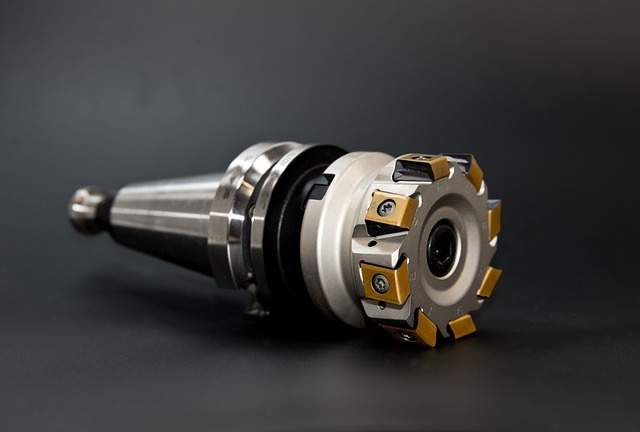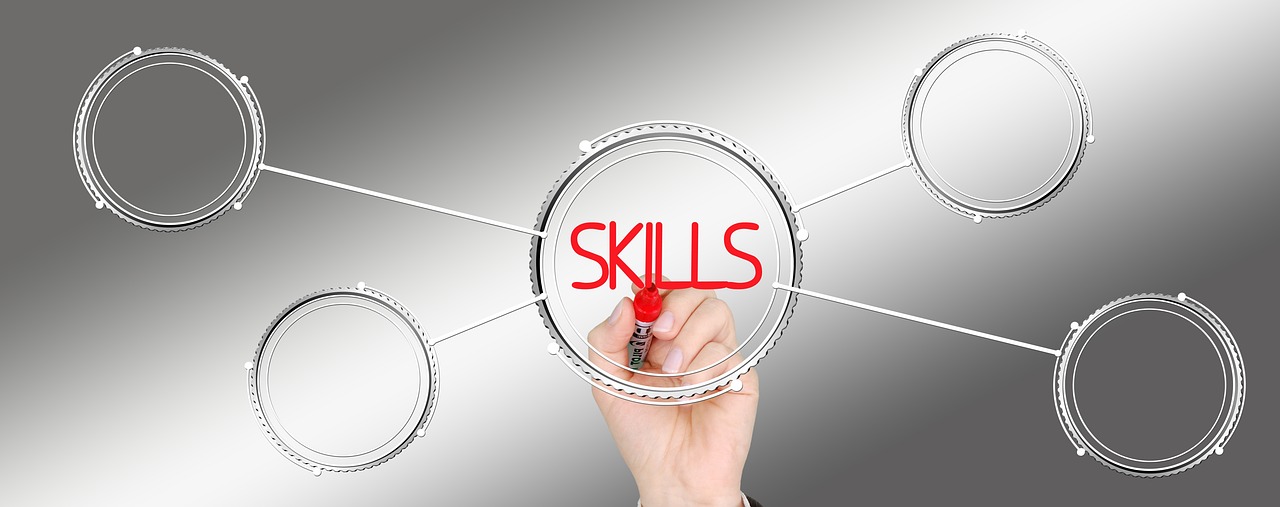Discover the Future of Cleaning: Effortlessly Wipe Away Rust with Laser Technology
Rust has long been a persistent challenge for industries and individuals alike, requiring labor-intensive methods and harsh chemicals for removal. However, a groundbreaking innovation is transforming how we approach surface cleaning. Laser technology now offers a precise, eco-friendly alternative that eliminates rust and contaminants without damaging underlying materials. This advanced method is reshaping maintenance practices across manufacturing, restoration, and conservation sectors, promising efficiency and sustainability in ways traditional techniques cannot match.

Traditional rust removal methods have relied on abrasive blasting, chemical treatments, and manual scraping for decades. These approaches often generate hazardous waste, require extensive safety measures, and can damage delicate surfaces. The emergence of laser cleaning technology represents a paradigm shift in surface preparation and restoration. By harnessing concentrated light energy, this innovative method removes rust, paint, and contaminants with remarkable precision while leaving base materials intact. As industries seek cleaner and more efficient solutions, laser technology is gaining recognition as a viable alternative to conventional cleaning processes.
The Laser Advantage: A New Era of Cleaning
Laser cleaning technology offers distinct advantages over traditional methods. Unlike sandblasting or chemical stripping, lasers produce no secondary waste, require no consumables beyond electricity, and eliminate the need for hazardous chemical disposal. The process is highly selective, allowing operators to target specific contaminants without affecting the substrate material. This precision makes laser cleaning particularly valuable for delicate restoration work, where preserving original surfaces is paramount. Additionally, the technology operates without physical contact, reducing wear on equipment and minimizing the risk of surface damage. Industries ranging from aerospace to historic preservation are recognizing these benefits and integrating laser systems into their maintenance protocols.
How Laser Cleaning Works
The science behind laser cleaning involves directing high-intensity light pulses at contaminated surfaces. When the laser beam strikes rust or other unwanted materials, it rapidly heats the contaminant layer, causing it to vaporize or ablate without harming the underlying substrate. The process relies on the differential absorption of laser energy between the contaminant and the base material. Rust and oxidation layers typically absorb laser wavelengths more readily than clean metal, allowing for selective removal. Modern systems use pulsed fiber lasers or Nd:YAG lasers with carefully controlled parameters including pulse duration, frequency, and power density. Operators can adjust these settings to optimize cleaning effectiveness for different materials and contamination types. The ablated particles are typically captured by integrated vacuum systems, ensuring a clean working environment.
Benefits of Laser Technology
The advantages of laser cleaning extend beyond rust removal efficiency. Environmental benefits are substantial, as the process generates no chemical waste or hazardous runoff that requires special disposal. Worker safety improves significantly since operators avoid exposure to toxic chemicals and abrasive dust. The precision of laser systems reduces material loss, an important consideration when working with expensive components or irreplaceable historic artifacts. Energy efficiency has improved with newer fiber laser systems, which convert electrical power to laser energy more effectively than earlier technologies. Maintenance costs decrease because laser systems have fewer moving parts and require no consumable media like sand or chemicals. The technology also offers flexibility, with portable units available for field work and larger stationary systems for industrial applications. Long-term operational costs often prove favorable compared to traditional methods when considering consumables, waste disposal, and labor time.
Applications Beyond Rust Removal
While rust removal remains a primary application, laser cleaning technology serves diverse purposes across multiple industries. In aerospace manufacturing, lasers prepare composite materials and metal components for bonding without introducing contaminants. The automotive industry uses laser systems for paint removal during vehicle restoration and pre-welding surface preparation. Cultural heritage conservation has embraced the technology for cleaning stone monuments, sculptures, and historic metalwork where traditional methods risked irreversible damage. Marine applications include removing biofouling from ship hulls and cleaning offshore platform components. Nuclear facilities employ laser cleaning for decontaminating equipment in radiation-controlled environments, reducing worker exposure. The electronics industry uses precision laser systems for removing coatings from circuit boards and components. Even the food processing sector has explored laser technology for sanitizing equipment surfaces without chemical residues. This versatility demonstrates the broad potential of laser cleaning across seemingly unrelated fields.
Cost Considerations and System Options
Investing in laser cleaning technology requires understanding both equipment costs and operational economics. Entry-level portable laser cleaning systems typically range from 20,000 to 50,000 USD, suitable for small-scale operations or specialized restoration work. Mid-range industrial systems with higher power output and automated features generally cost between 50,000 and 150,000 USD. Large-scale automated production line systems can exceed 200,000 USD, offering high throughput for manufacturing environments. Operational costs depend primarily on electrical consumption, which varies based on laser type and power requirements. Fiber lasers generally offer better electrical efficiency than older CO2 or Nd:YAG systems. Maintenance expenses remain relatively low, typically involving periodic replacement of protective windows and calibration checks. When comparing total cost of ownership, organizations should factor in eliminated expenses for consumables, waste disposal, and reduced labor time. Many businesses find that laser systems achieve payback within two to five years depending on usage intensity and previous cleaning method costs.
| System Type | Power Range | Typical Cost Range | Best Applications |
|---|---|---|---|
| Portable Handheld | 50-200W | 20,000-50,000 USD | Restoration, field work, small components |
| Mid-Range Industrial | 200-500W | 50,000-150,000 USD | Manufacturing, general rust removal |
| High-Power Automated | 500-3000W | 150,000-300,000+ USD | Production lines, large-scale operations |
| Specialty Systems | Varies | 100,000-500,000 USD | Nuclear, aerospace, precision applications |
Prices, rates, or cost estimates mentioned in this article are based on the latest available information but may change over time. Independent research is advised before making financial decisions.
Conclusion: Embracing Future Possibilities
Laser cleaning technology represents more than just an alternative rust removal method; it signals a broader shift toward sustainable, precise, and efficient industrial processes. As equipment costs decrease and awareness grows, adoption will likely accelerate across industries seeking to reduce environmental impact while improving operational efficiency. The technology continues evolving, with researchers developing more powerful systems, improved automation, and enhanced safety features. While traditional cleaning methods will remain relevant for certain applications, laser technology offers compelling advantages that align with modern priorities of sustainability, worker safety, and material preservation. Organizations evaluating surface preparation and cleaning strategies should consider how laser systems might fit their specific needs, recognizing that this technology has moved from experimental to proven and practical. The future of cleaning increasingly includes laser solutions that deliver results traditional methods cannot match.




